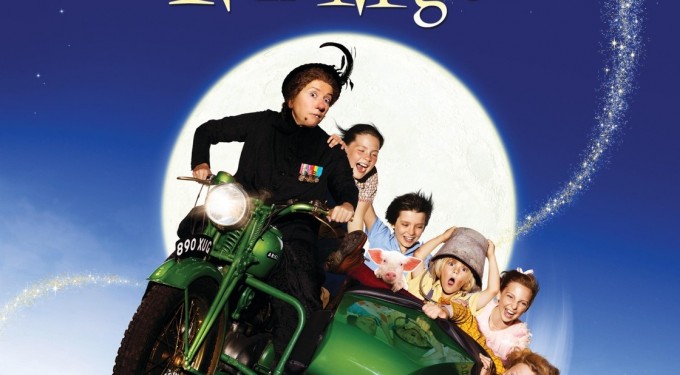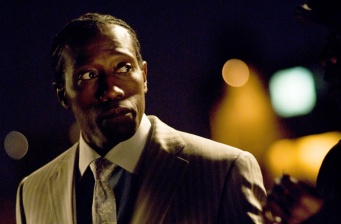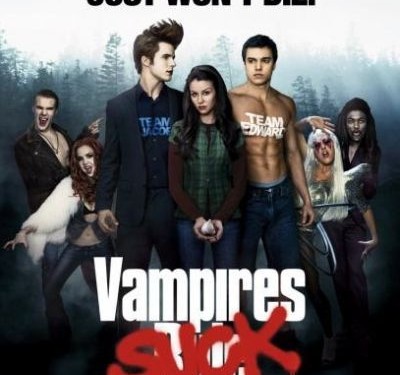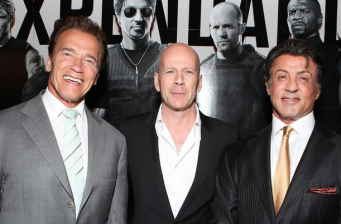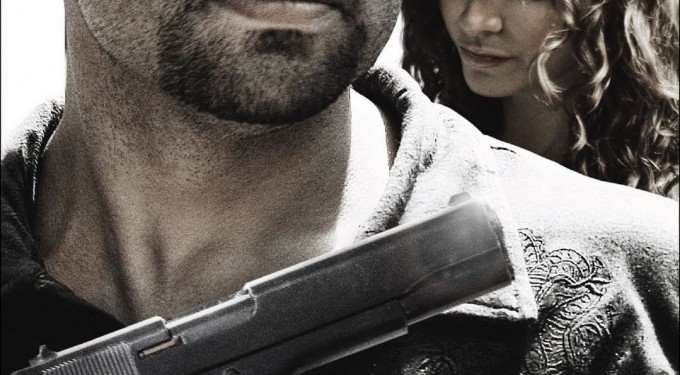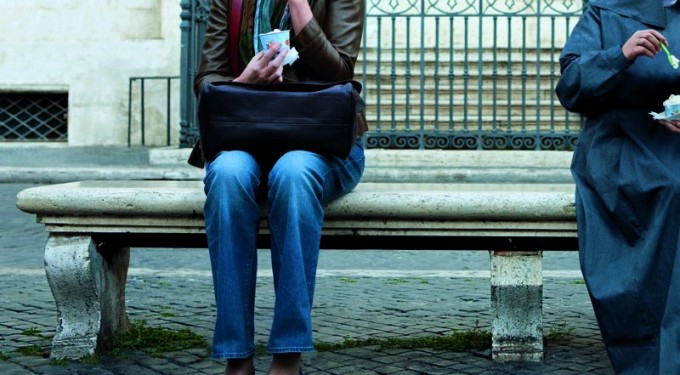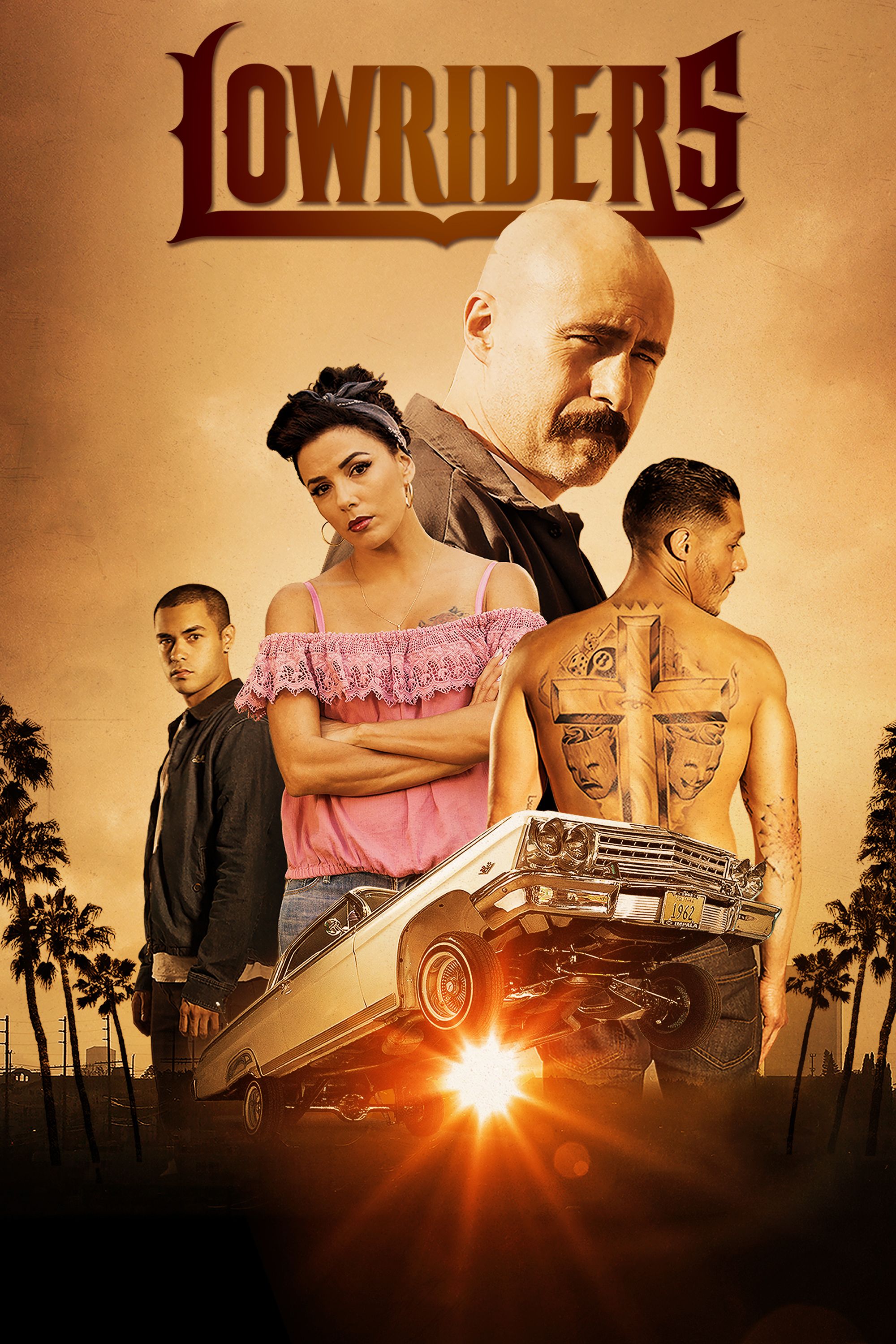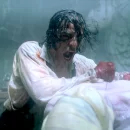The Switch (Movie Review)
08.20.2010 | By Jack Rico |

‘The Switch’ could have been very good but ends up being just okay. Jennifer Aniston has more of a supporting role here while Jason Bateman is clearly the star of the film. The chemistry between them is non existent and the story, although intriguing, fails to compel because of an over-extension of plot. This is a clichéd trick screenwriters use to fill gaps of time in the middle of a movie to build ‘momentum’ for the final scenes. Case in point, writer Allan Loeb over-extends the inevitable confrontation scenes between Bateman and Aniston so much that when it arrives, you’re annoyed and ultimately uninterested.
The premise is a good one though… A single 40-year-old woman (Aniston) turns to artificial insemination in order to become pregnant. Seven years later, she reunites with her best friend (Bateman), who has been living with a secret: he replaced her preferred donor’s sperm sample with his own.
At its best, The Switch is reminiscent of About a Boy starring Hugh Grant but it never goes deep enough to illicit a tear. If something could be praised about the film is the acting by the supporting cast. Jeff Goldblum who plays Bateman’s cynical and wise cracking friend still can deliver a funny line. I don’t know why he’s not working more frequently but he is a delight on screen. And we can’t forget young actor Thomas Robinson who plays Bateman’s 6 year old son Sebastian. The kid has the goods and delivers some true acting as a melancholic pessimist who thinks he has hypochondria.
The Switch generates some occasional cheap laughs, but it doesn’t come together. It feels generic. There are two directors on the film, Josh Gordon and Will Speck, and if two people couldn’t get this right, then its probably not worth the theatrical viewing. This film might play better on a Saturday night at home on DVD.


